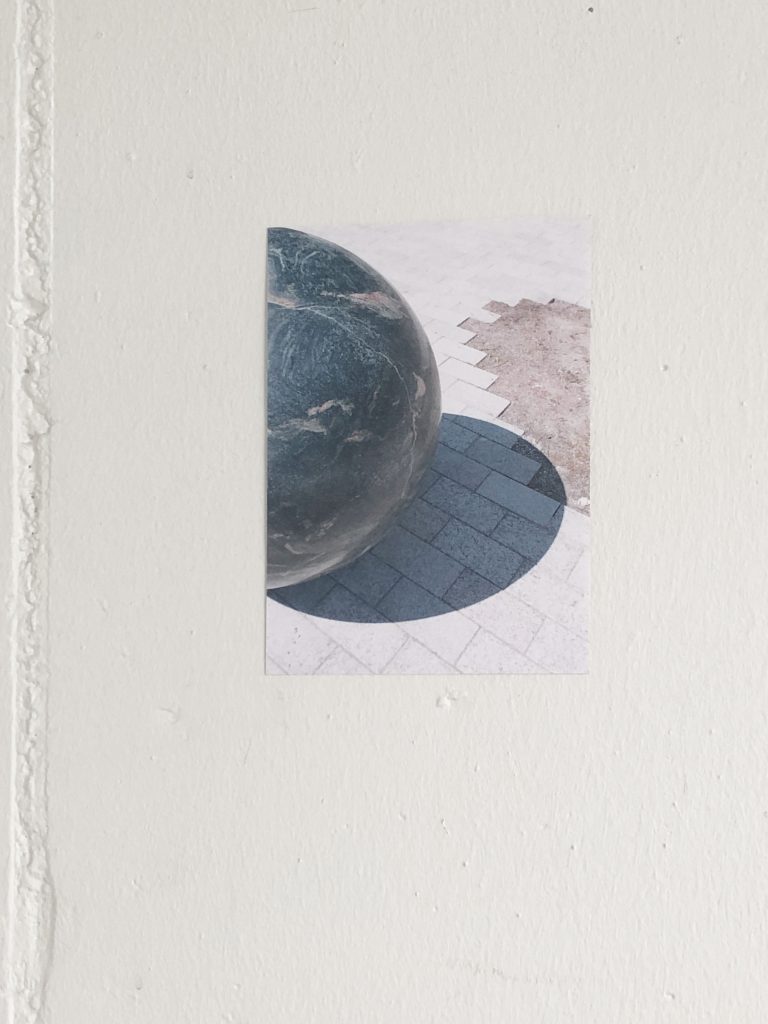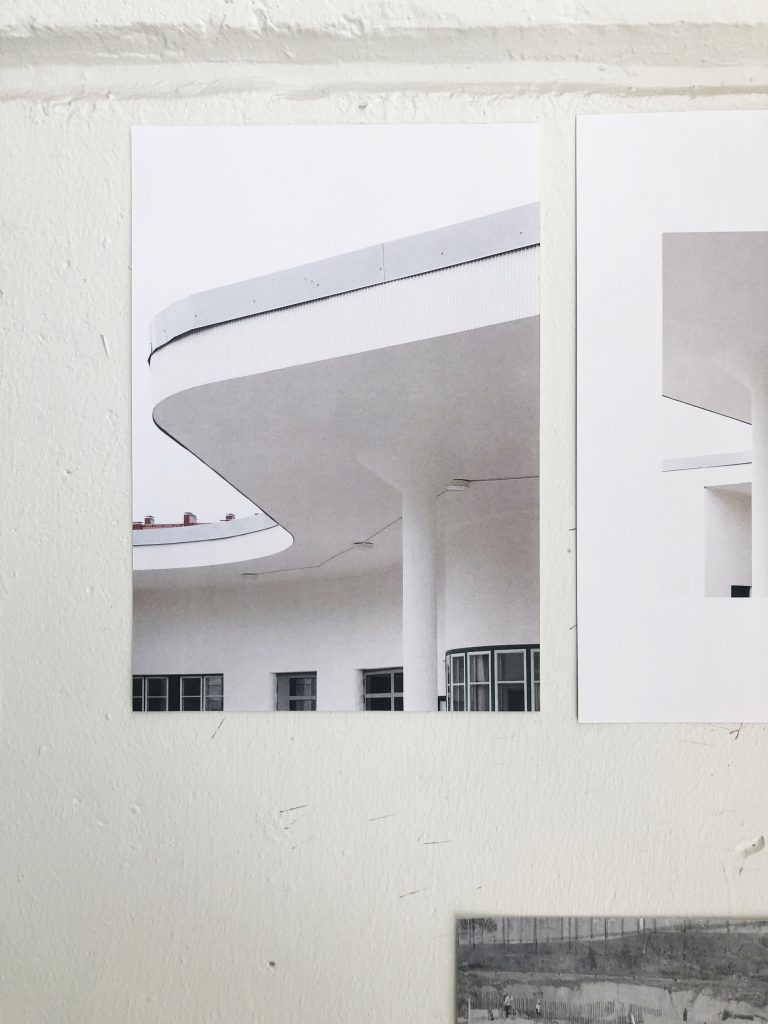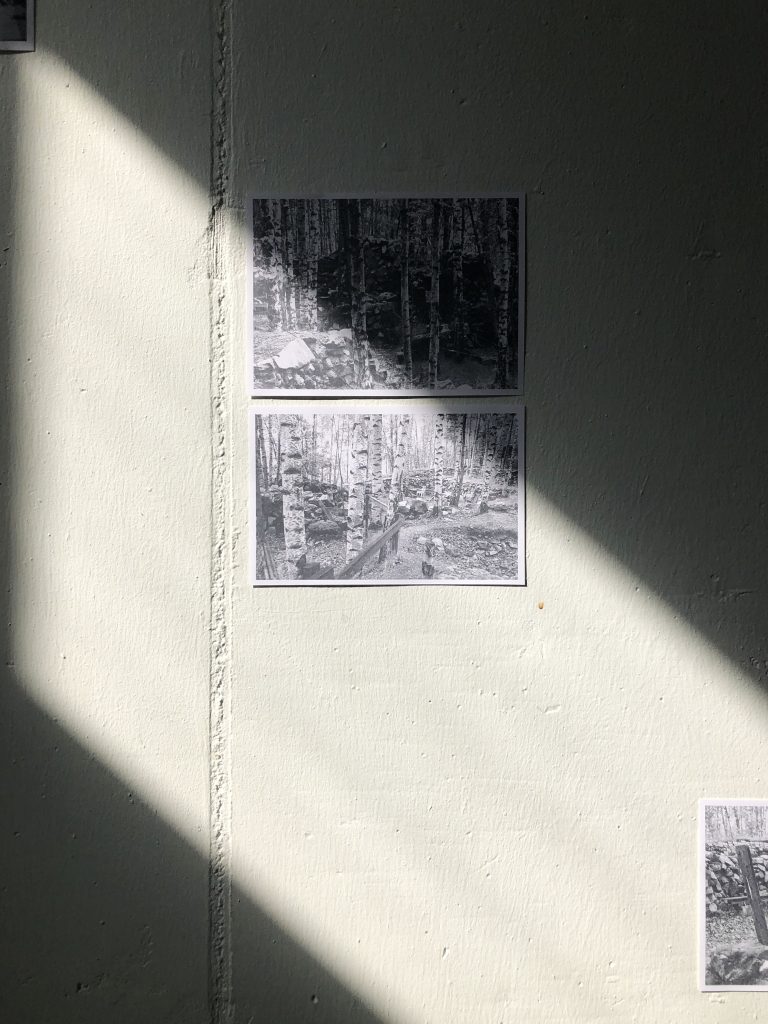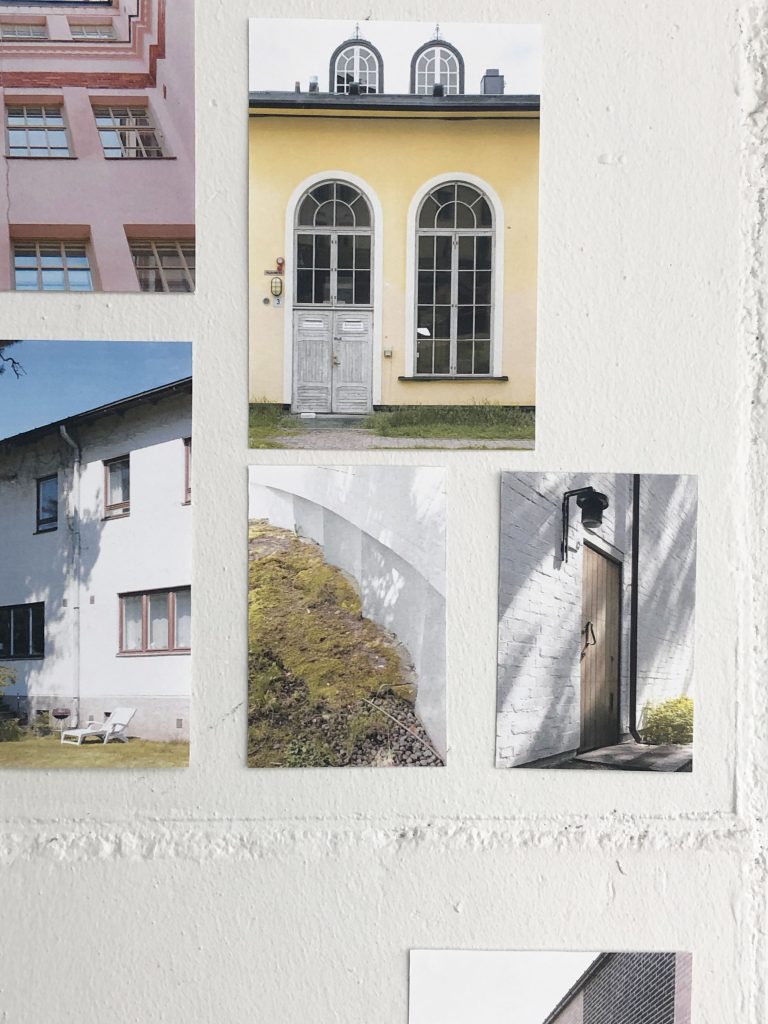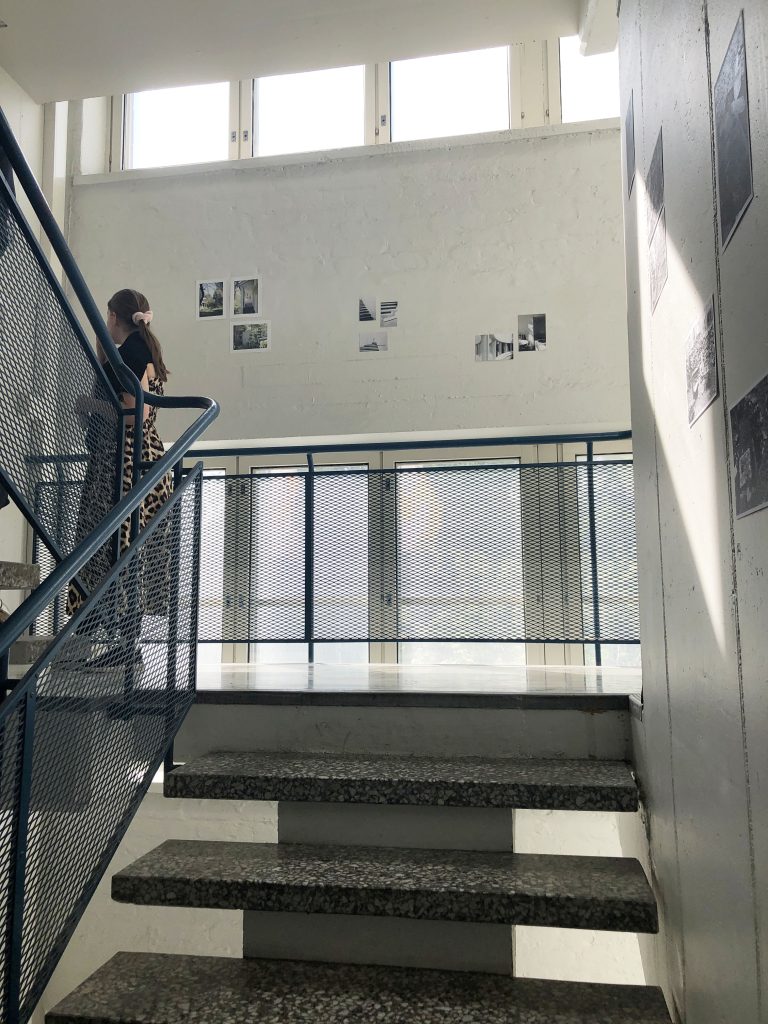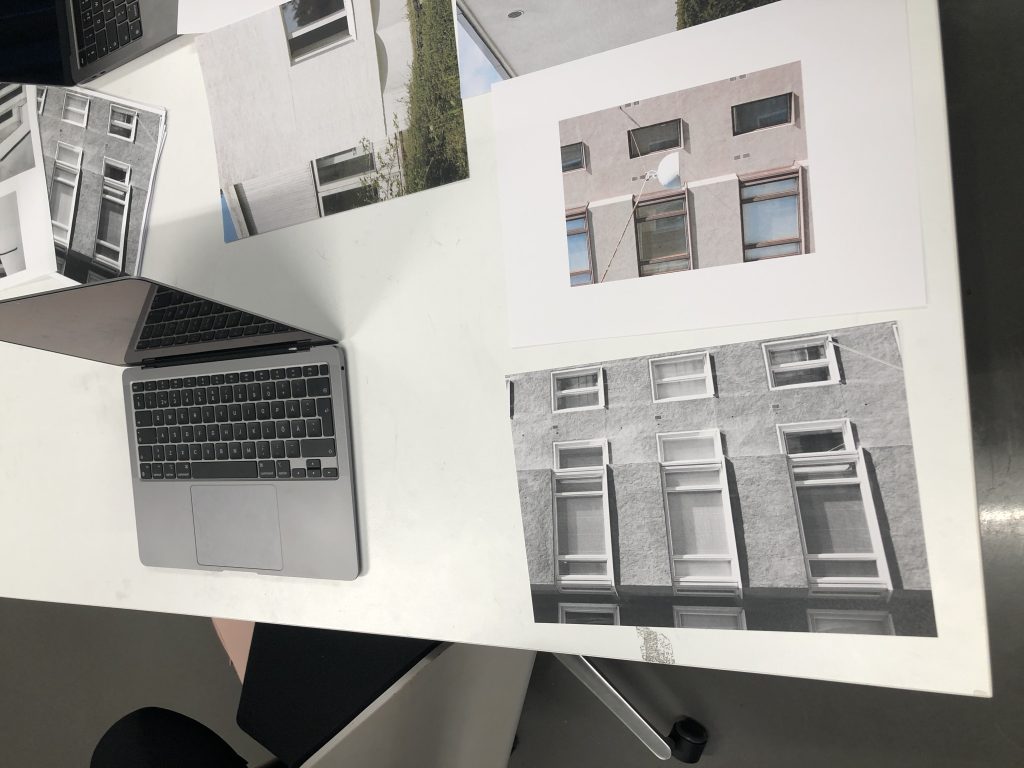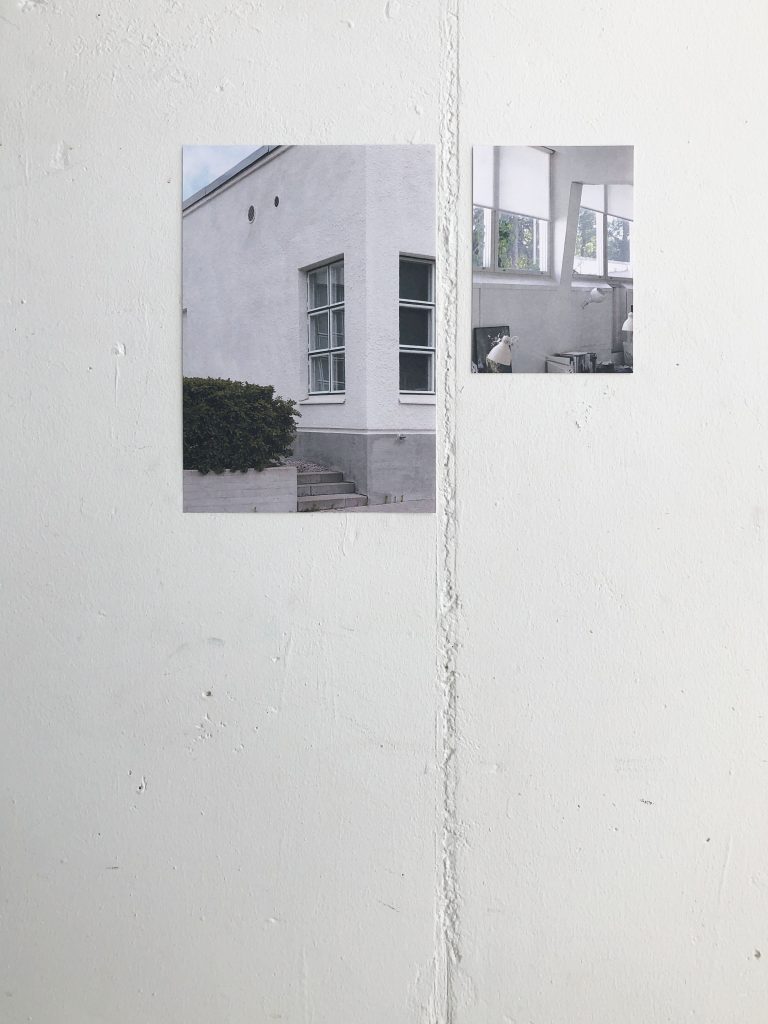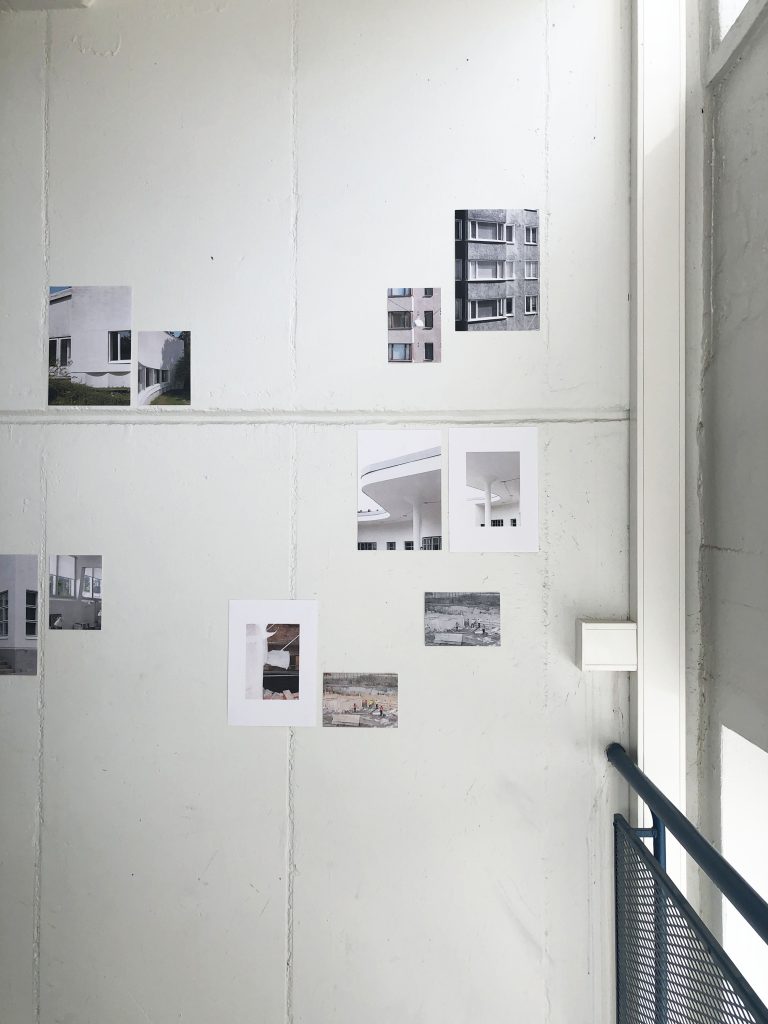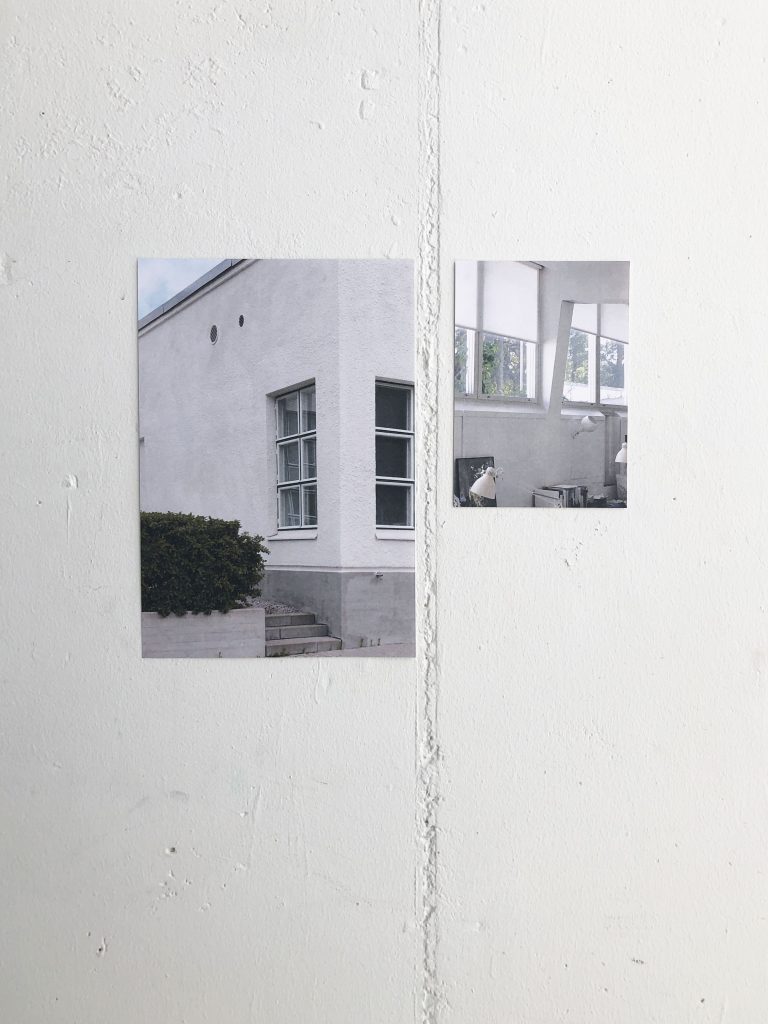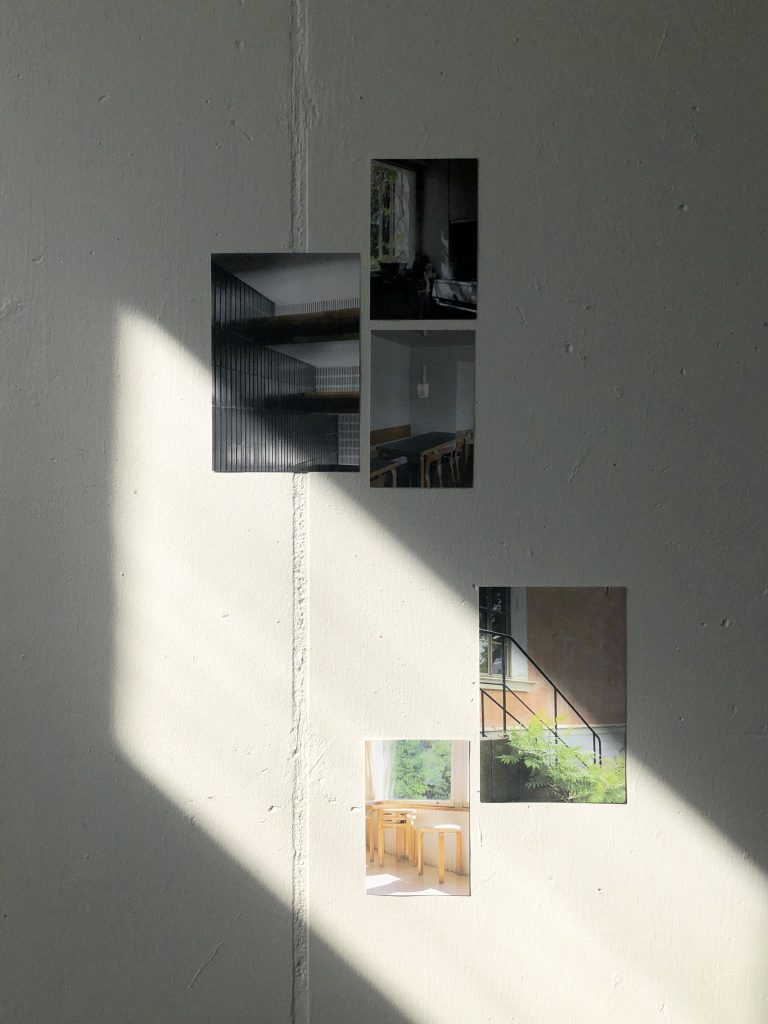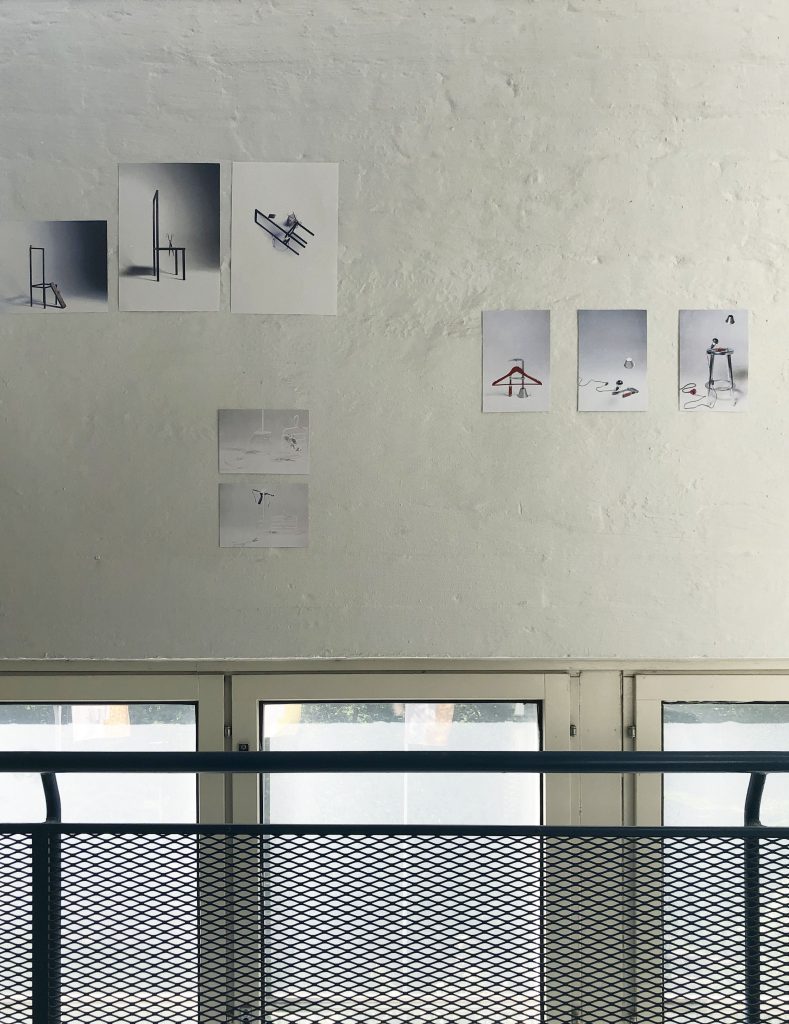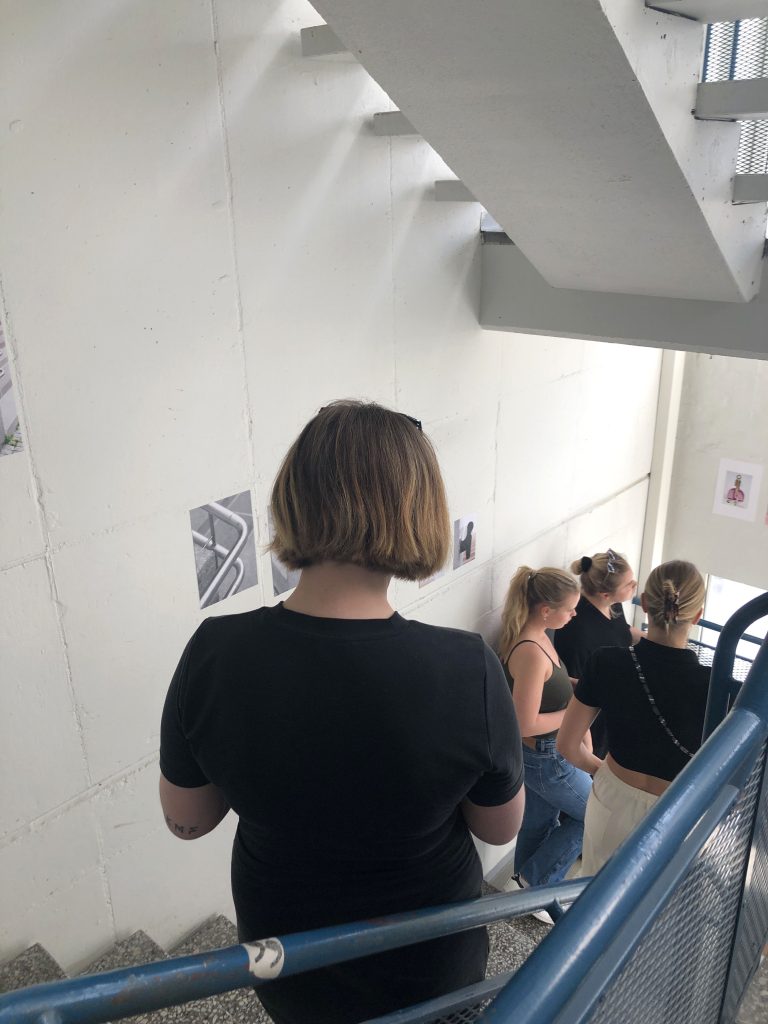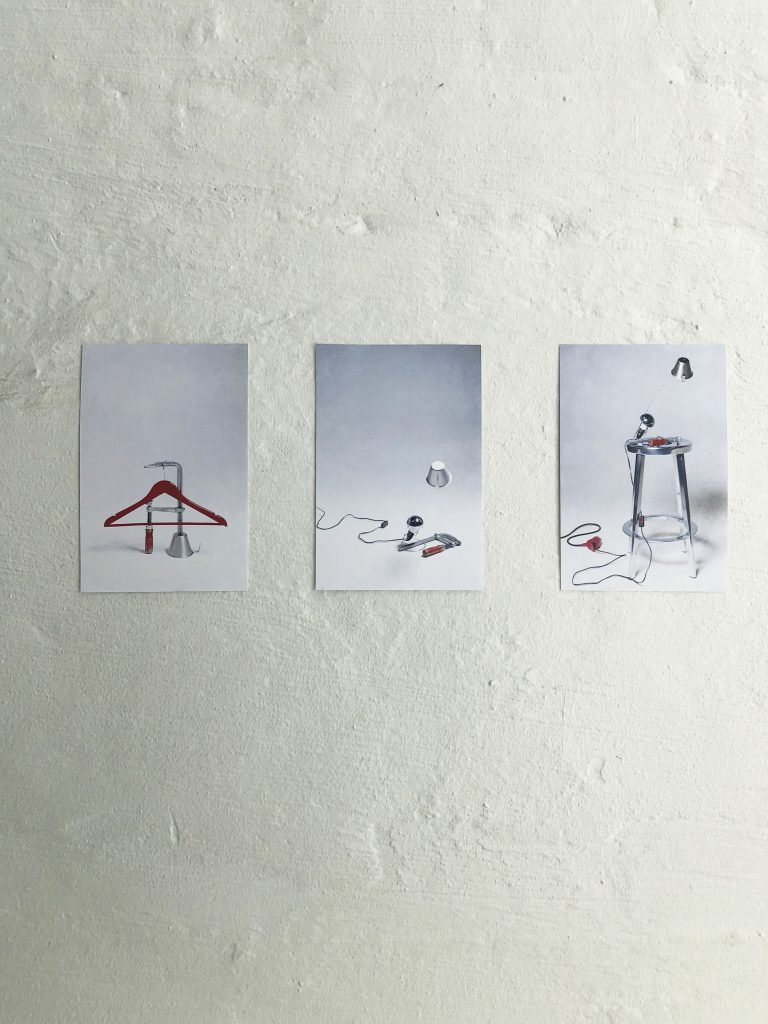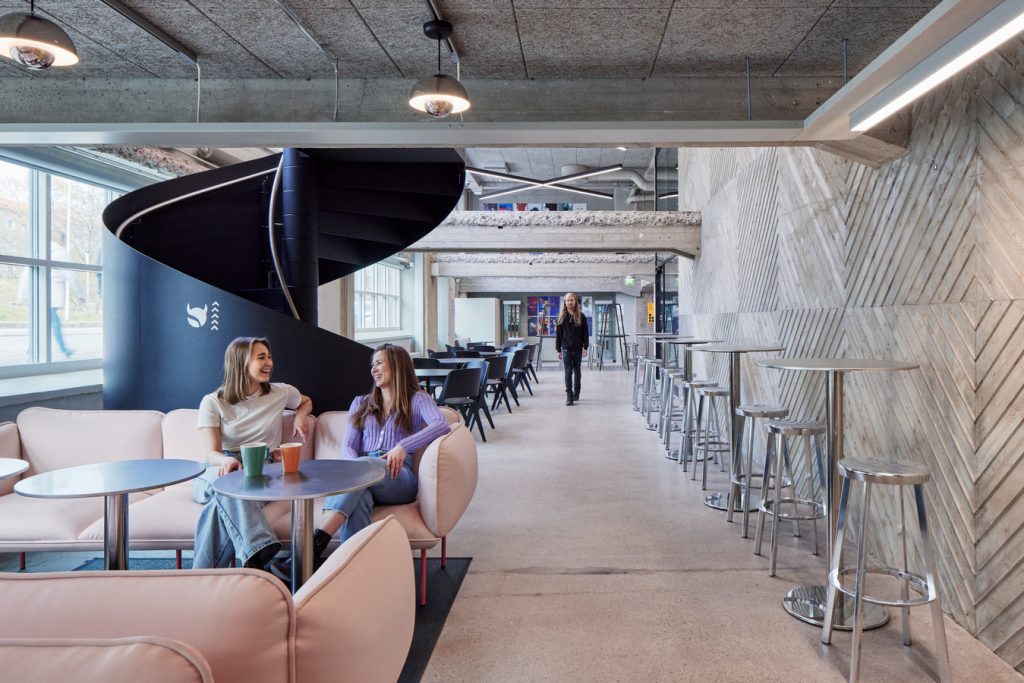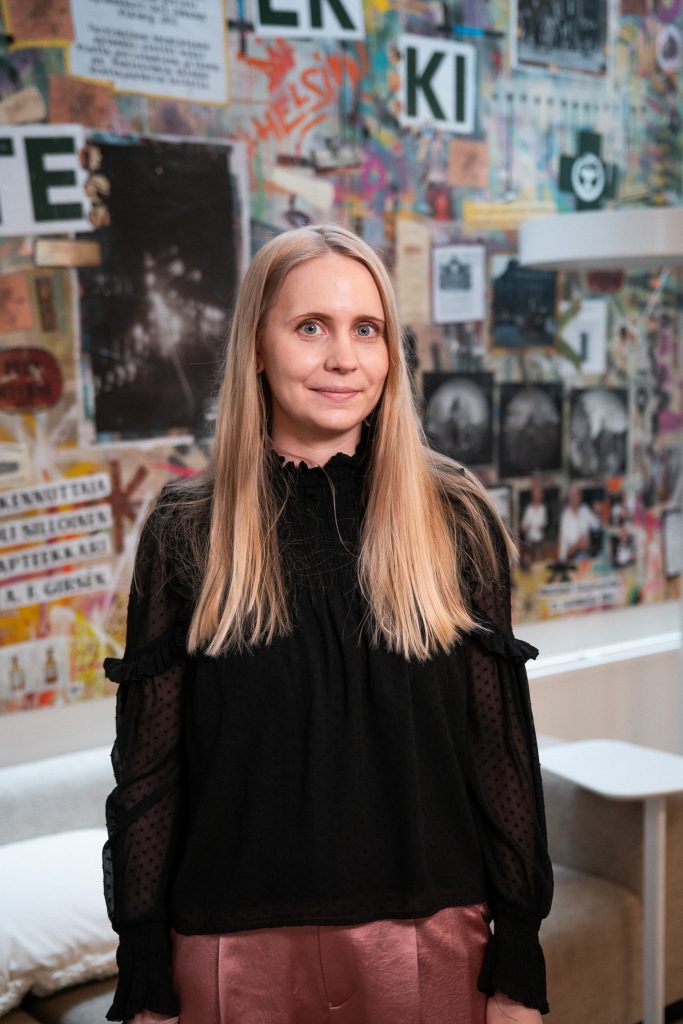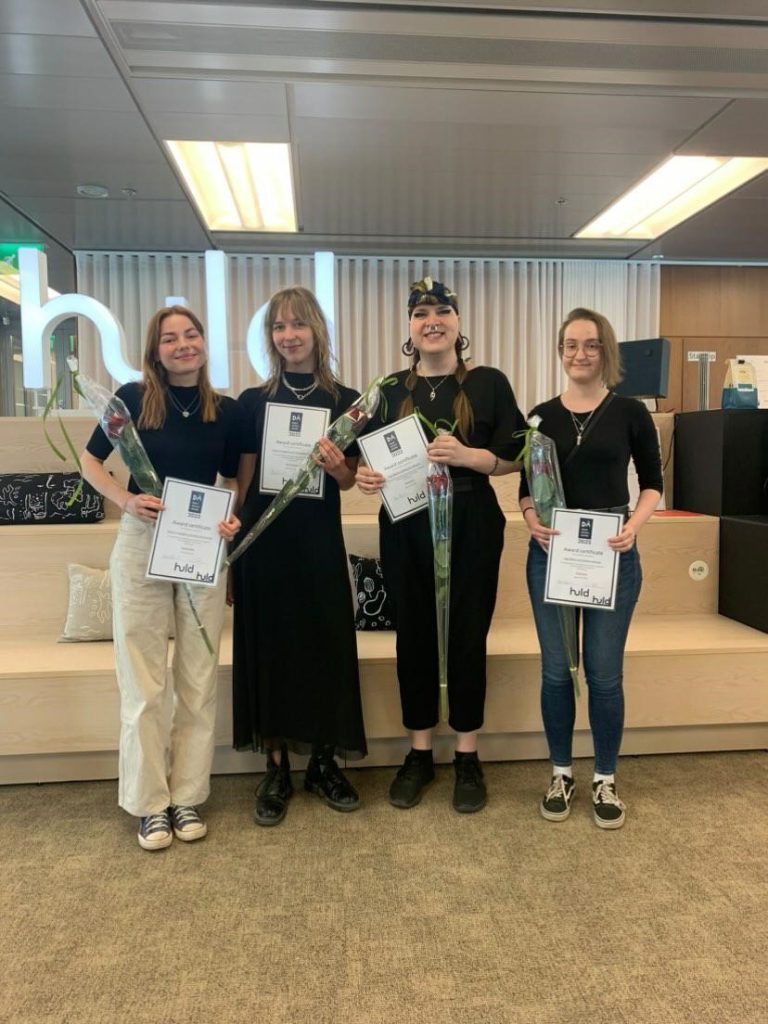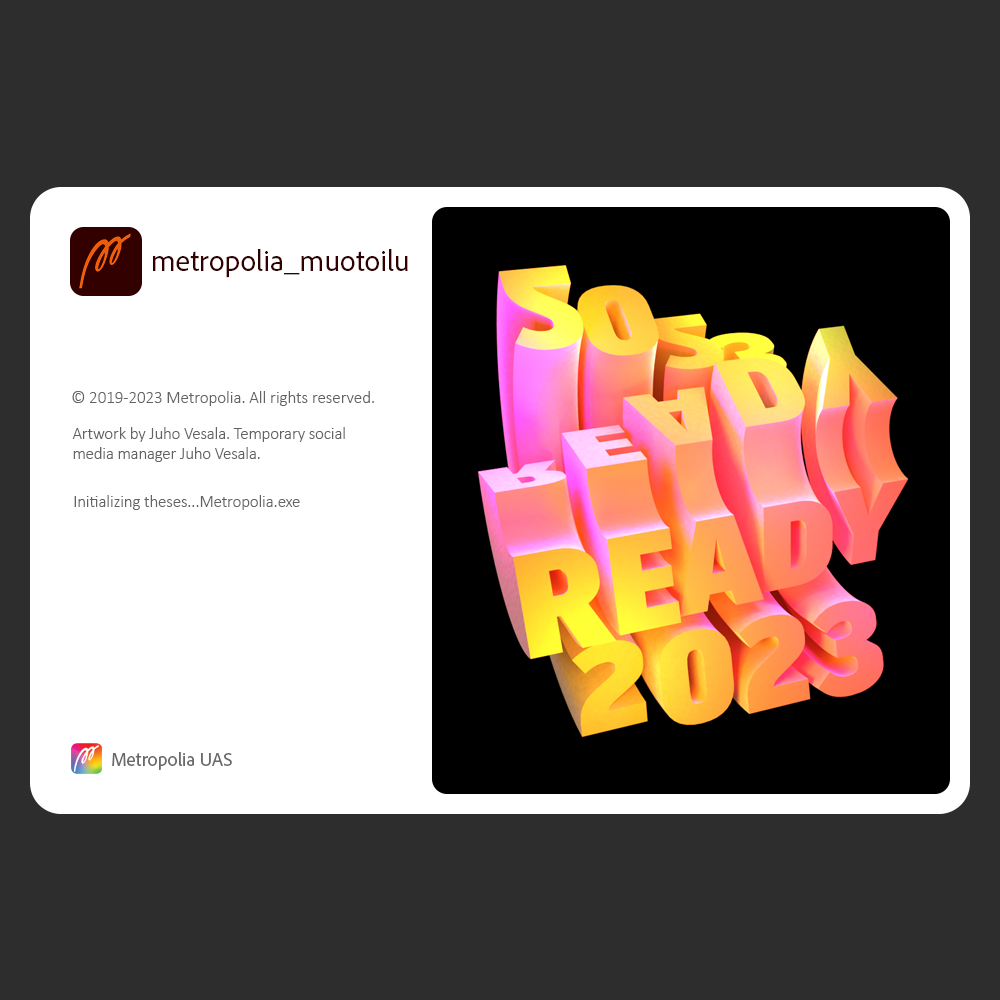Workshop 06.06.22 – 10.06.22
Margot De Caster
Invitation
The starting point for this workshop is the same as the one from which we, as designers, operate in practice every day. We use photography to observe existing situations, learn how to understand space and study it with more detail. The camera helps us to frame specific aspects of space and architecture from another point of view. In doing so, it supports us, designers, to observe our surroundings more closely and map them on another level than a plan or drawing does. In addition we also use photography as a tool for design research. Photography has the power to create narratives within the images that are taken. A series of pictures can tell a story about a certain building, about how people use space, and how they interact with it. We create different scenario’s depending on what we want to communicate to a group of people. By thinking on how we want people to perceive our images, we create the perspectives to facilitate the story we want to bring.
Within this workshop we will be interested in an architecture of the image. We will learn how to observe our everyday surroundings more closely. By walking and looking through the lens of our camera we will look with another perspective at our built environment. By observing, we become more aware. Like a flaneur1, strolling around the city and observing, reflecting and capture situations. Maybe you will find yourself being interested in how people create unintended interior spaces within the public space. Or how people will interact and experience space and how they might create temporary objects/structures to inhabit a space and make it their own.
Starting from a walk, we will as well focus in this workshop on terms like framing, composition, storytelling and narrative, etc. We will look at relevant photographers who all have a specific practice within the field and a particular way of capturing space. The pictures we will take are all documented observations but at the same time they are also a momentary state that is captured for eternity. It is the start of a story, a design process and at the same time it triggers the imagination.
A a walk – role of the flaneur
B storytelling/the narrative
C simultaneity and layering
D framing/composition
1 A flâneur is a stroller, a loiterer, someone who ambles without apparent purpose but is secretly attuned to the history of the streets he walks and the perceptions of people and objects he comes across- and is in covert search of adventure and new experiences. Flâneurs don’t have any potential goals in mind; they are not walking to get something or go somewhere. They seem to be doing nothing but in reality, they are looking; opening their eyes and ears to the scenes, people and objects around them. They wonder about the lives of those who pass them, creating narratives about the homes and buildings around them, people- watching, eavesdropping on conversations and observing street life in general. The aim is to learn and to discover.
Photos: Ada Aaltonen, Coco Eräknagas, Mikaela Fogelberg, Lines Pettersson, Laura Pilvinen, Jutta Pääkkölä, Lotta Vanari, Livia Wager, Mia Watkins
Teaching and Exhibition photos: Margot De Caster


